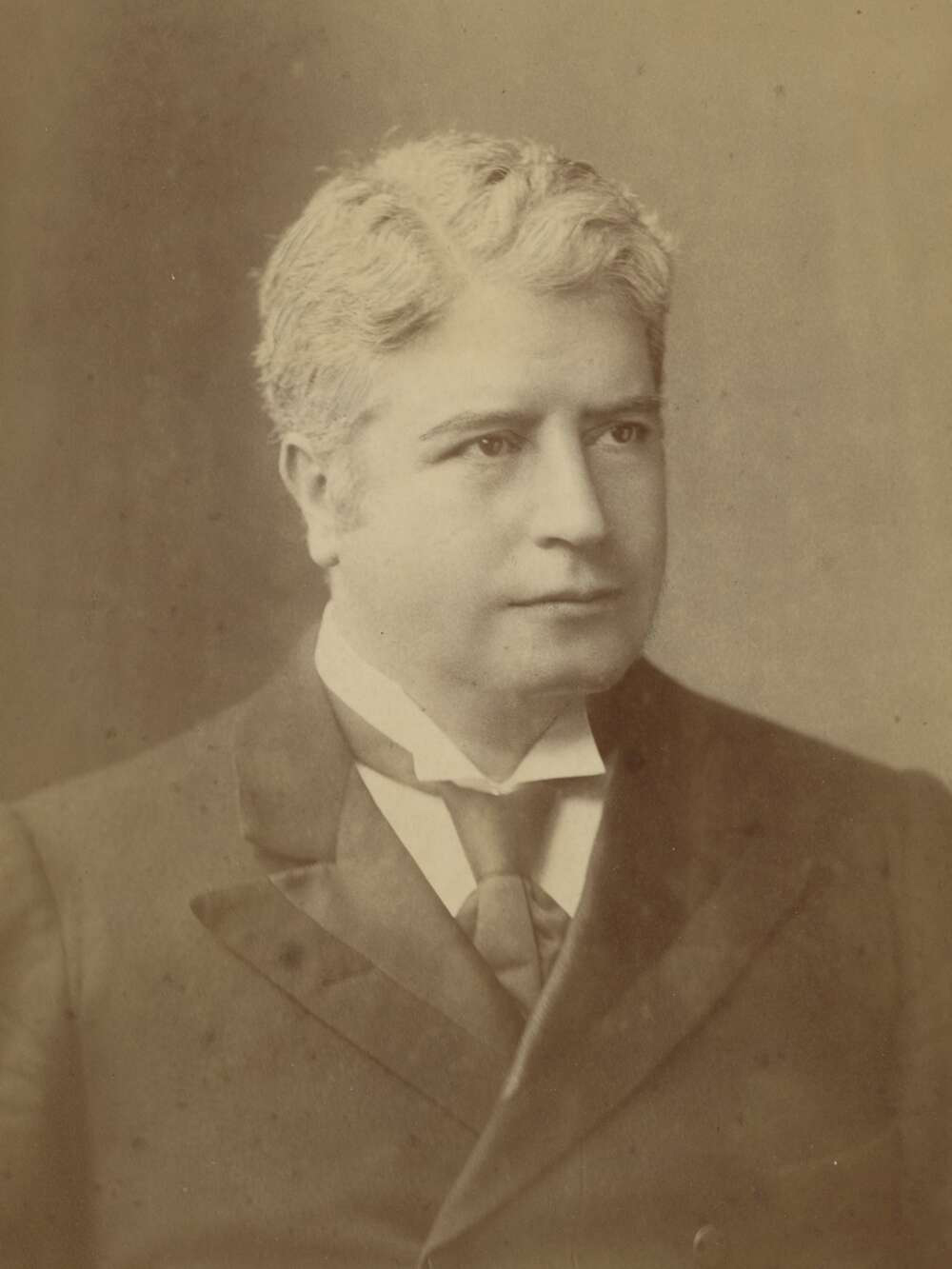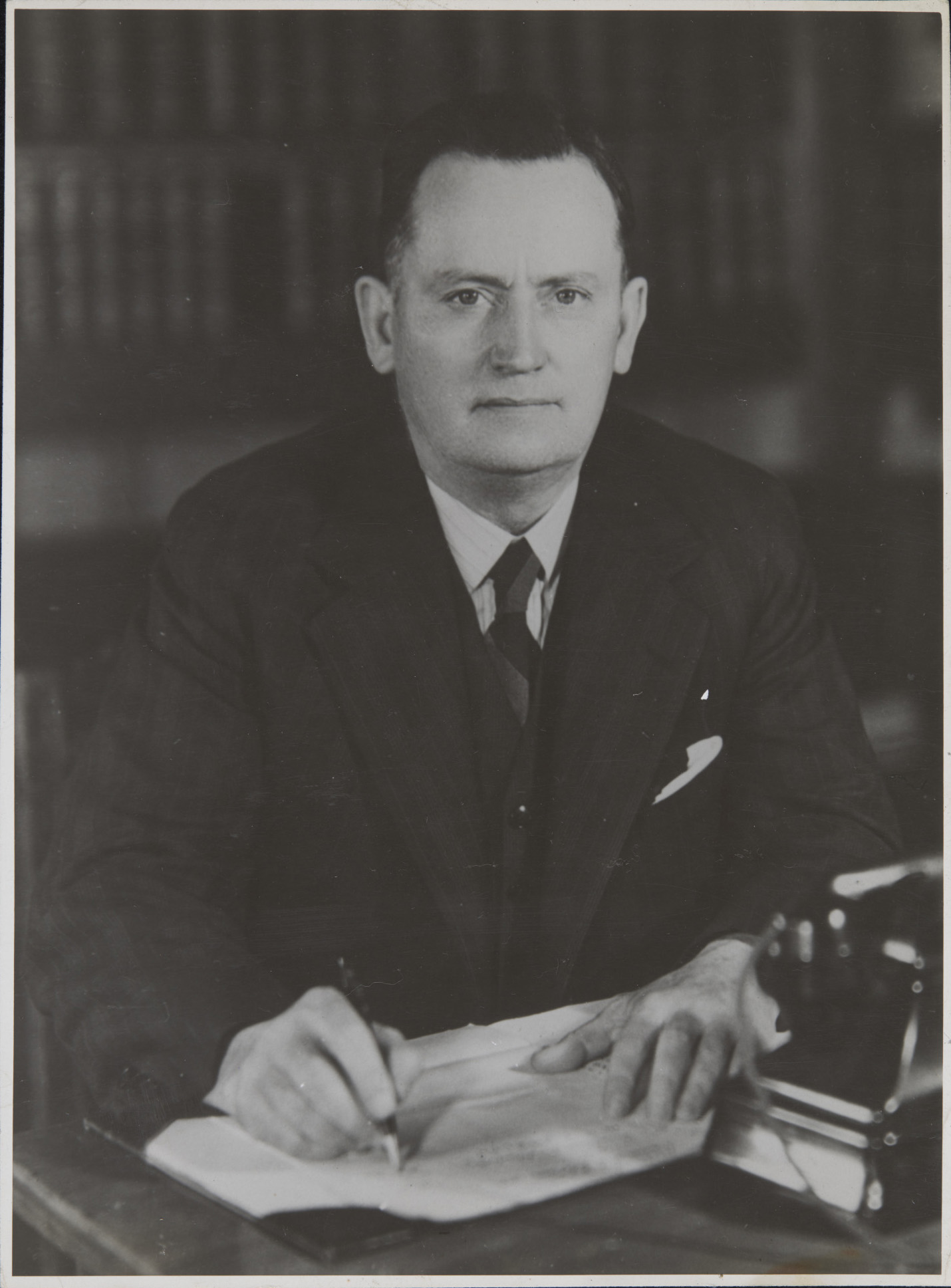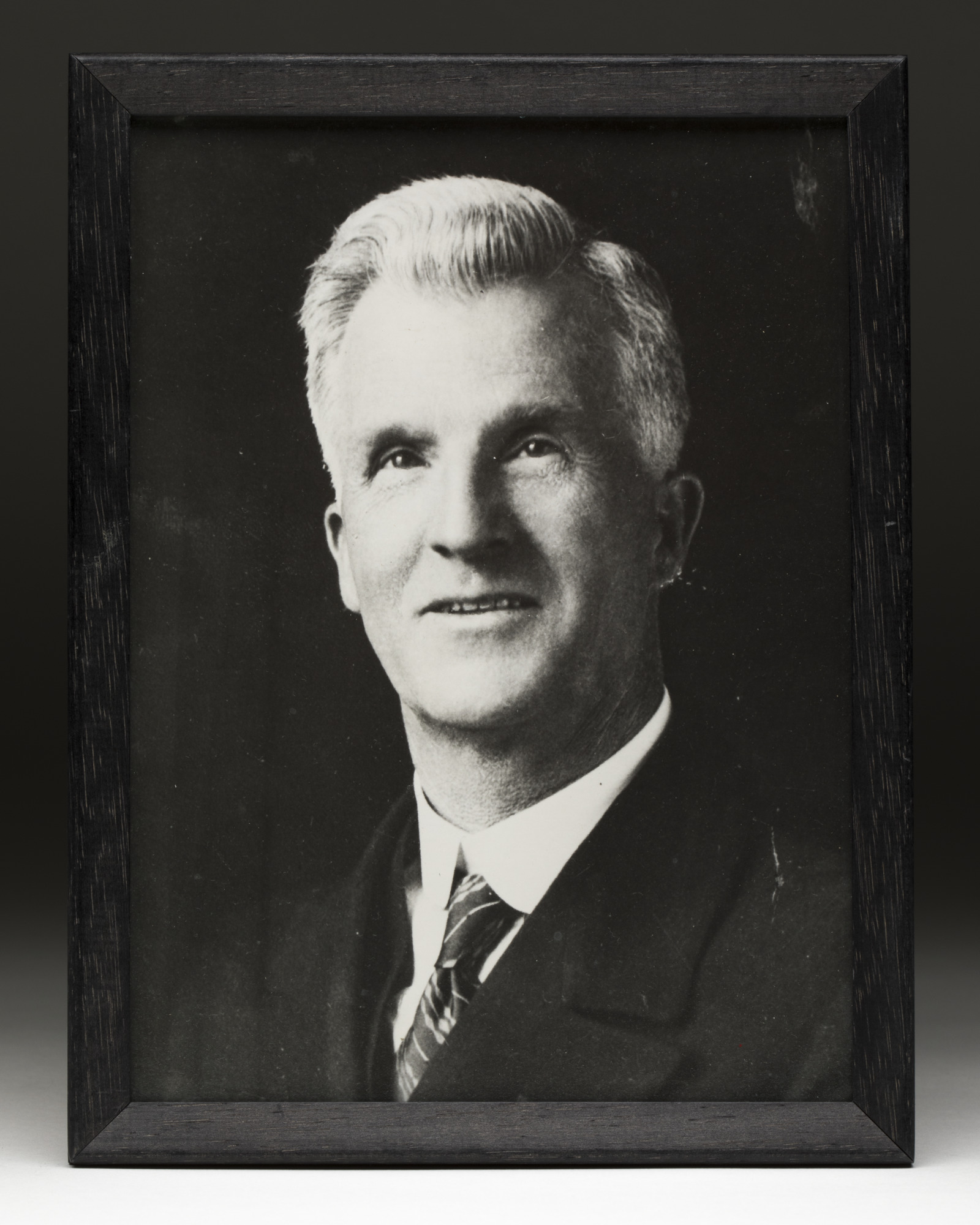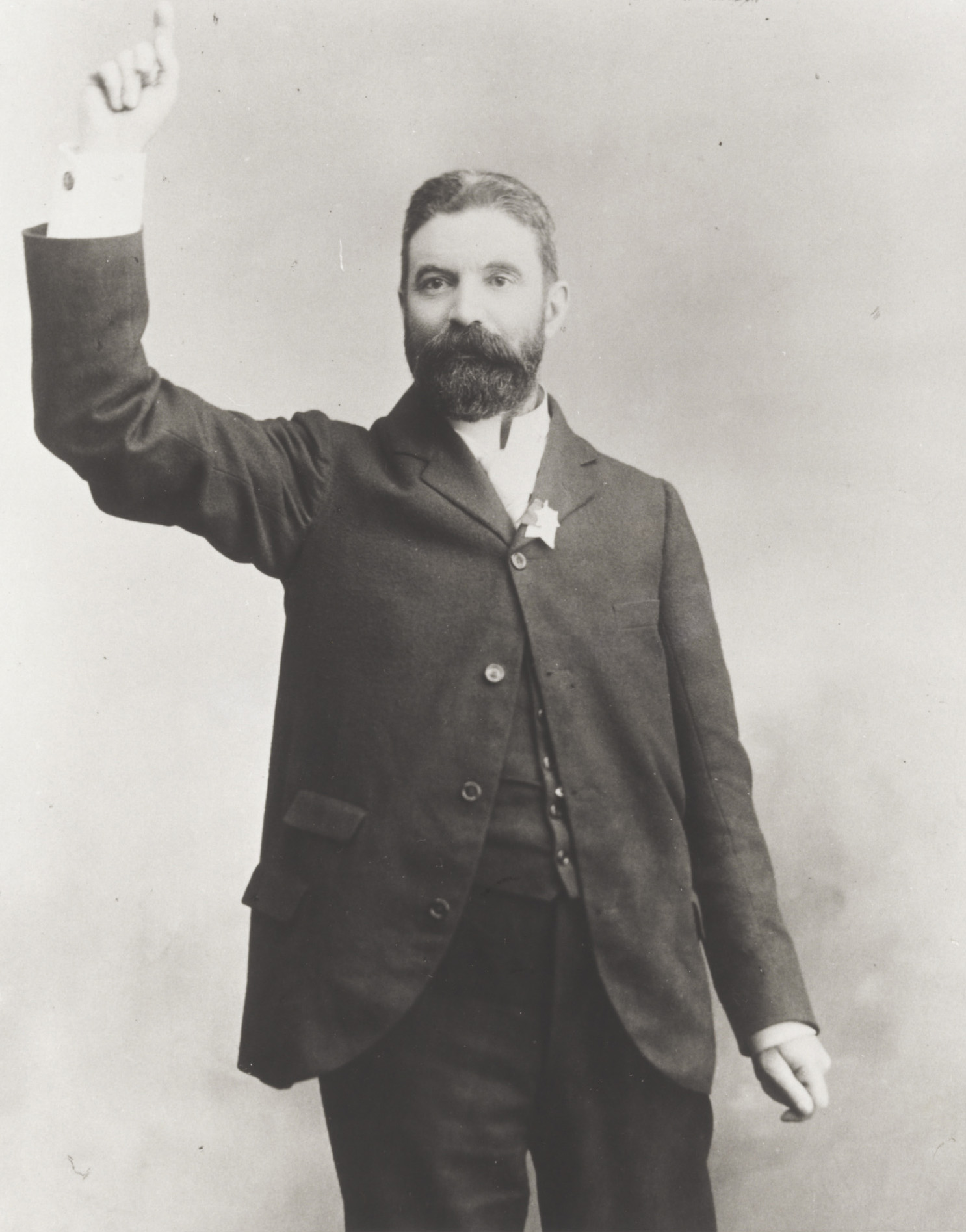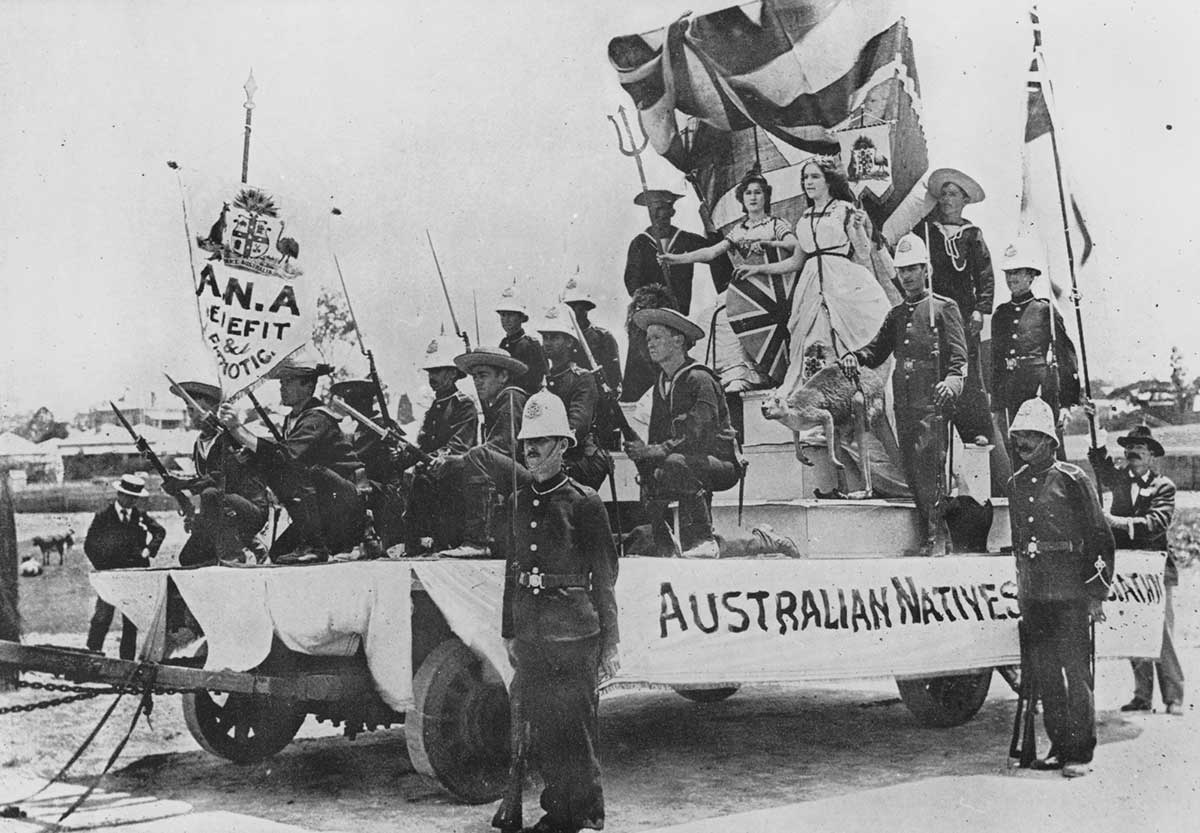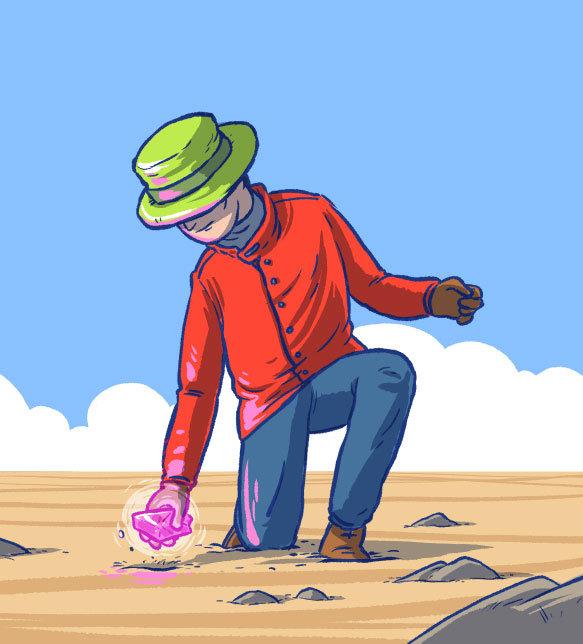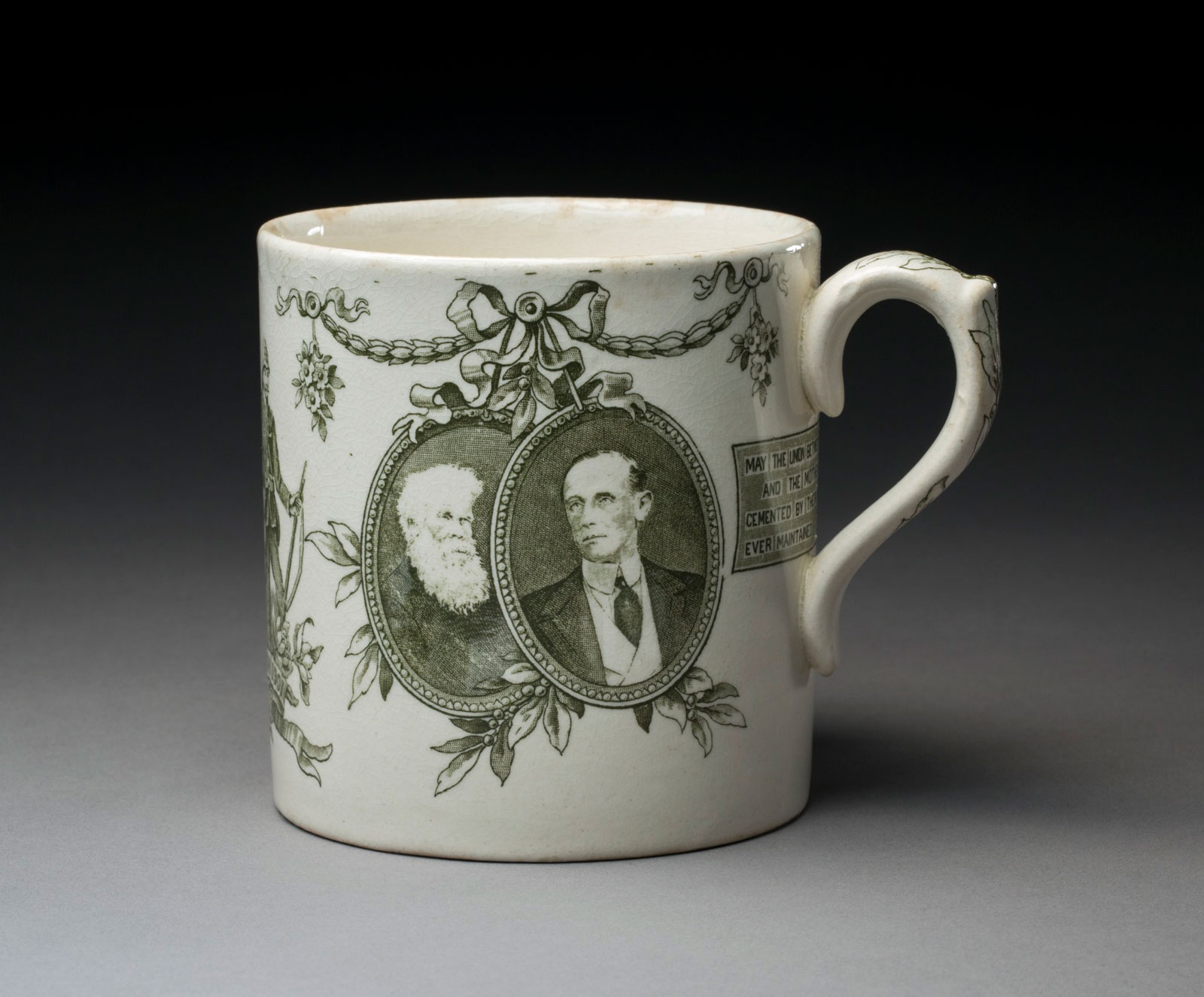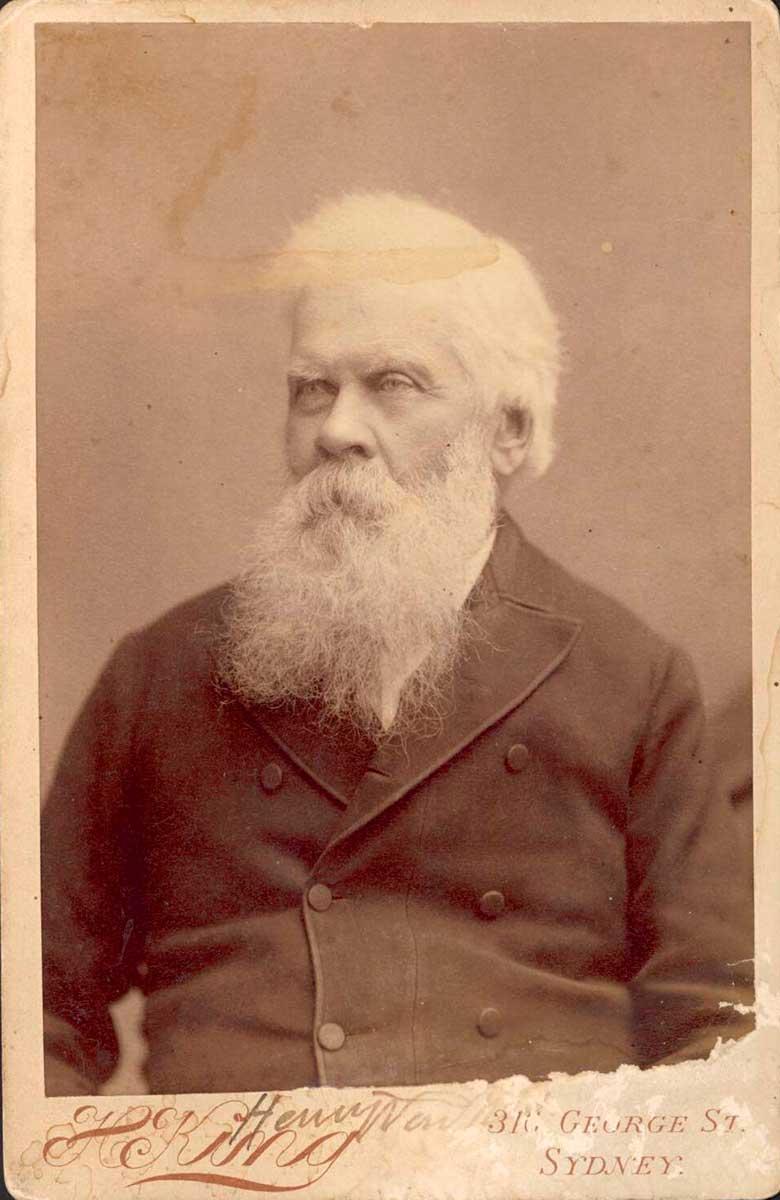School for politicians
1871: Australian Natives’ Association formed
School for politicians
1871: Australian Natives’ Association formed
In a snapshot
The Australian Natives’ Association (ANA) was one of the largest and most influential friendly societies in Australia. A friendly society is a group of people who join together for a common financial or social purpose. The ANA pushed for Australia’s colonies to be united in a federation. Many politicians started as members of the ANA including Prime Ministers Edmund Barton, Alfred Deakin, James Scullin and Francis Forde.

 Can you find out?
Can you find out?
1. Why were friendly societies created?
2. Who could become an ANA member?
3. How many years did the ANA exist as an independent organisation?
What was the Australian Natives’ Association?
In the 1800s friendly societies were like an early form of insurance. In these groups working men pooled their money into a ‘mutual fund’ that they could use if they were sick, in distress or too old to work. The friendly societies also wanted their members to engage with important moral and social issues.
The Australian Natives’ Association (ANA) was like many British friendly societies, but it was only for Australians. It was set up on 24 April 1871 in Victoria by a group of young men born in Australia. To be an ANA member you didn’t have to wear a uniform or special robes (unlike other societies). ANA meetings were open to all white Australian men. The ANA also banned the discussion of religious matters.
The ANA grew rapidly across Australia and by the early 1900s it had members in all states. By 1910 it had 28,844 members from all types of jobs and social classes. Women weren’t allowed into the ANA until 1964. Instead they were encouraged to join the Australasian Women’s Association (AWA), which had been formed in 1900.
What did the ANA believe in?
The ANA wanted to influence the important debates in Australia and believed that people should be proud of being Australian. The ANA campaigned for protecting native plant and animal species, making 26 January ‘Australia Day’, studying Australian art and writing in school, and buying goods made in Australia. It used its journal, Advance Australia, to argue for minimum wages, votes for women and free, non-religious education.
The ANA wanted people to use Aboriginal place names and to compensate Aboriginal people for their treatment by white Australians. But the ANA also pushed strongly for the White Australia policy because it believed that Australia would have a better future if it was made up of only white migrants.
Research task
The Manchester Unity Oddfellows, the Hibernian Australian Catholic Benefit Society and the Protestant Alliance Friendly Society were three other Australian friendly societies. Research one of them. How were their aims and membership rules different to those of the ANA?
‘No organisation has worked more patriotically, industriously and intelligently to bring this boon [Federation] within the National grasp.’
How did the ANA push for Federation?
In 1884 an important goal for the ANA was the Federation of the Australian colonies. The movement towards Federation was strengthened by a Federation conference in Corowa, New South Wales, in 1893 where ANA members dominated.
To push for Federation, ANA branches used their networks and skills to educate the public on its benefits. The ANA’s influential and skilled speakers, such as the future Prime Minister Alfred Deakin, encouraged Australians to support a ‘yes’ vote for the Constitution Bill referendums in 1898 and 1899. The ANA’s support of these bills was an important reason Federation was achieved in 1901.
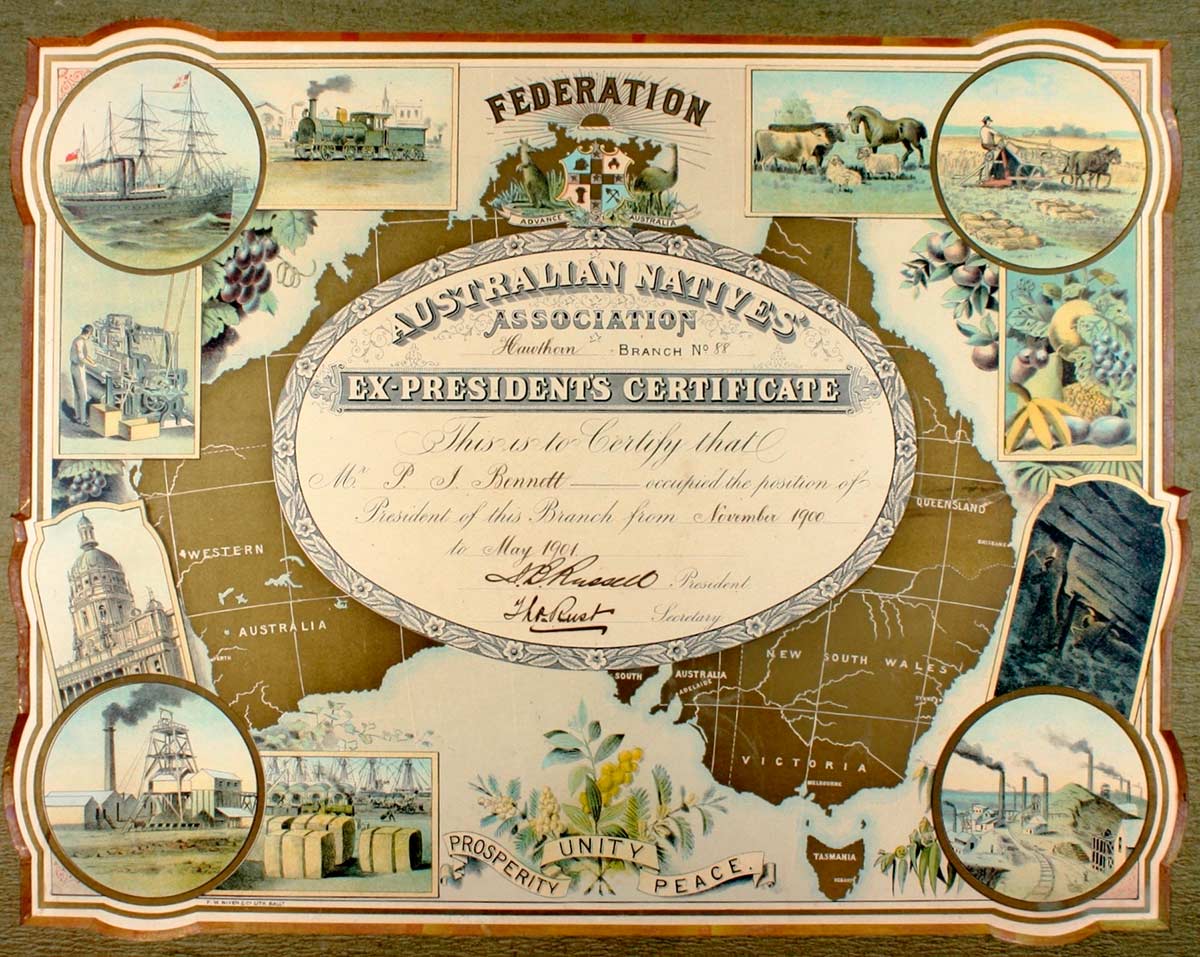
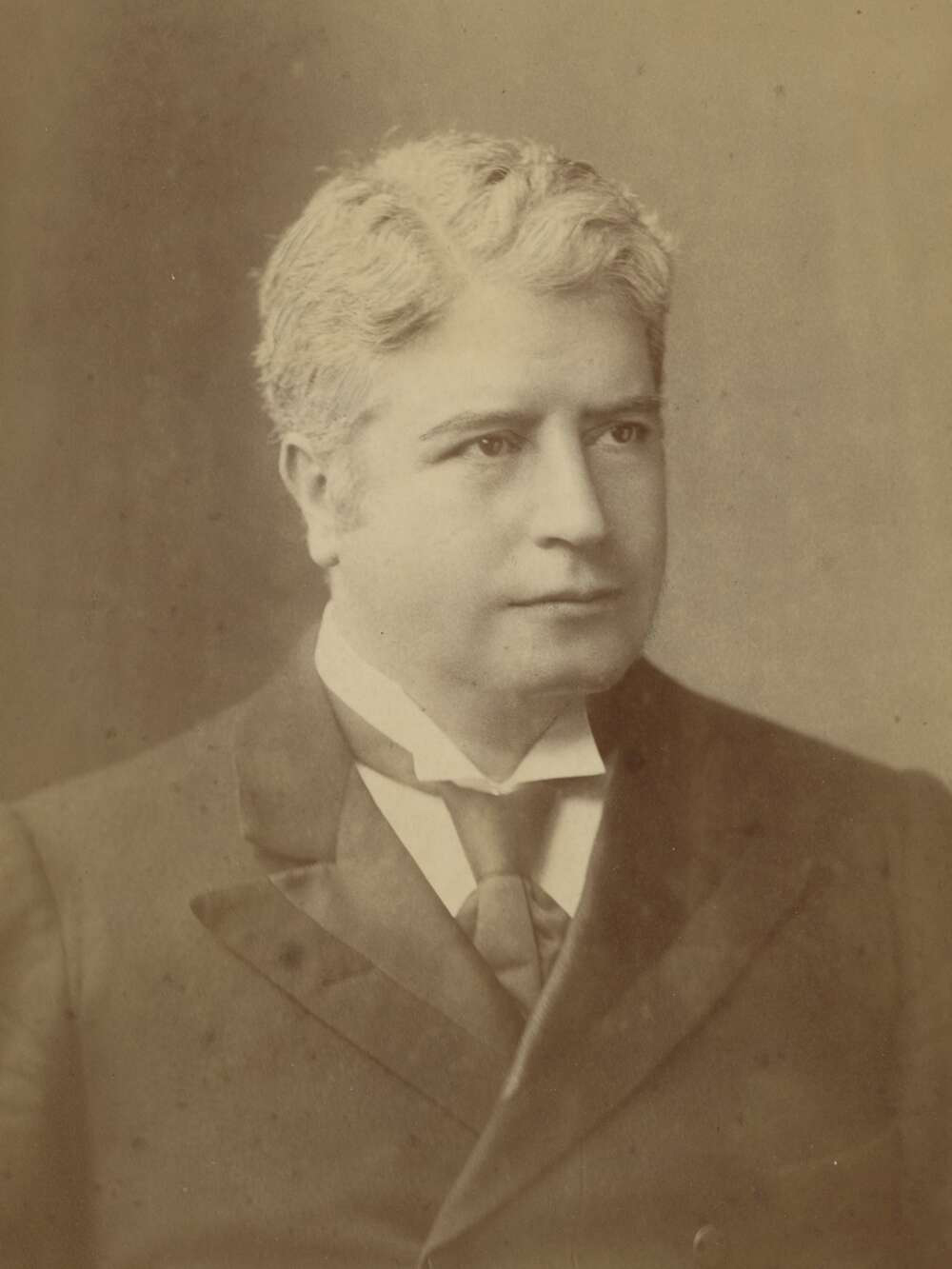
What happened to the ANA?
The ANA never regained the political influence it had throughout the 1890s to 1930s. Member numbers started to fall and later it joined with another friendly society, the Manchester Unity Independent Order of Oddfellows, to become Australian Unity Ltd in 1993.
Many of Australia’s early prime ministers such as Edmund Barton, Alfred Deakin, James Scullin and Francis Forde, were ANA members. The first Governor-General born in Australia, Isaac Isaacs, was a member and so were many politicians, businessmen and trade unionists. It was one of Australia’s most important networking organisations, helping to foster and train a generation of Australian political leaders.
Read a longer version of this Defining Moment on the National Museum of Australia’s website.
 What did you learn?
What did you learn?
1. Why were friendly societies created?
2. Who could become a member of the ANA?
3. How many years did the ANA exist as an independent organisation?








